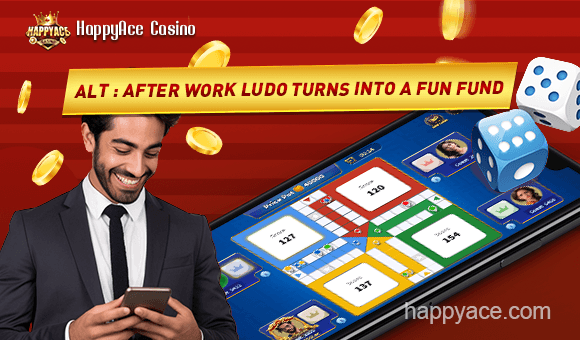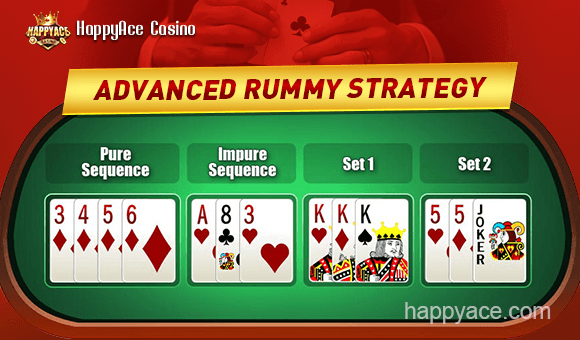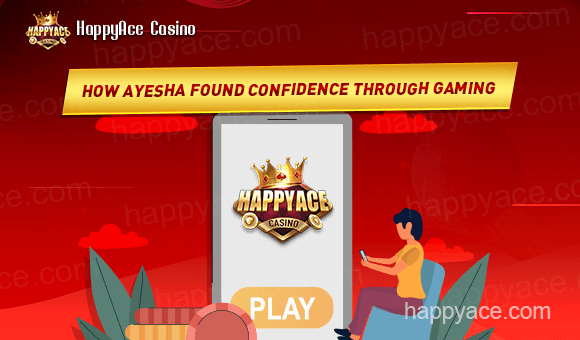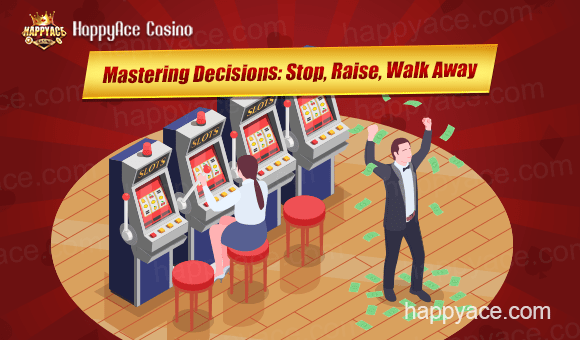In this article, we’ll explore how probability, decision-making, psychology, and bankroll management come together to separate casual players from real pros.

1. Understanding Teen Patti Probabilities
Teen Patti is played with three cards per player, and although it looks simple, the math behind each hand is fascinating. Knowing the probability of forming different hands gives you an analytical advantage.
| Hand Type | Approx. Probability | Strategic Value |
|---|---|---|
| Trail / Trio (3 of a kind) | 0.24% | Very strong, rare — often an automatic win. |
| Pure Sequence (Straight Flush) | 0.22% | Powerful, but slightly rarer than a trio. |
| Sequence (Straight) | 3.26% | Play aggressively unless opponents show great confidence. |
| Color (Flush) | 4.96% | Good mid-range hand; best used for controlled aggression. |
| Pair | 16.94% | Common — value depends on rank. |
| High Card | 74.39% | Most frequent; requires bluffing skill. |
2. When to Fold, Call, or Raise
Every round of Teen Patti is a dance between aggression and caution. Unlike pure chance games, your success lies in timing—knowing when to act, and why.
When to Fold
- You have a low high-card hand (e.g., 3-7-9 of mixed suits).
- Opponents are raising confidently and you see a pattern of consistency in their play.
- The pot size is growing faster than your expected win probability.
When to Call
- You hold a moderate hand (like a middle pair or a weak sequence).
- You suspect an opponent is bluffing but lacks strong evidence.
- You want to "test" the table dynamics before committing more.
When to Raise
- You hold a top-tier hand (pair of Aces, sequence, or pure sequence).
- You sense fear in opponents—hesitation, delayed betting, or frequent folding.
- You want to build pressure and increase potential payouts.
3. Reading Your Opponents (Behavioral Cues)
In Teen Patti, reading the table is as important as reading your cards. Since you can’t see anyone’s hand, you must rely on subtle behavioral cues—especially in online environments like HappyAce, where patterns reveal more than faces.
Common Online Cues
Speed of Action – Quick bets usually indicate confidence or pre-decided bluffs; delayed actions may reveal hesitation or weak hands.
Bet Size Pattern – Players who bet big early might be semi-bluffing. Those who steadily increase bets often hold strong cards.
Reaction to Raises – Observe whether they call aggressively, fold instantly, or think twice—each response uncovers emotional stability.
History – Review previous rounds: consistent playstyle indicates predictability; erratic play often signals tilting (loss of emotional control).
How to Use This Knowledge
- Against aggressive players: trap them by slow-playing strong hands.
- Against cautious players: bluff occasionally with mid-strength hands.
- Against inconsistent players: let them make the mistakes—focus on value betting.
Even the sharpest strategy fails without financial discipline. Bankroll management is your invisible armor in every gaming session.
Set a Session Budget
Before you open the HappyAce app, decide how much you’re willing to risk. Treat that amount as spent entertainment value, not potential income.
Use the 5 % Rule
Never wager more than 5% of your total bankroll in a single round. This prevents major losses and allows variance to even out over time.
Know When to Walk Away
Winning streak? Great—don’t overextend. Losing streak? Take a break.
A professional knows that emotional decisions are the true enemy of consistent profit.
Track Your Results
Keep a simple record of wins and losses. Over several sessions, patterns will show which situations yield the best ROI (return on investment). This transforms Teen Patti from a casual pastime into a measurable skill pursuit.
5. Common Mistakes Even Experienced Players Make
Many players with thousands of rounds under their belt still fall into predictable traps. Avoiding these can instantly raise your win rate.
Mistake 1: Over-bluffing
Bluffing works best when used sparingly. Frequent bluffs make you transparent—opponents quickly adapt and call you out.
Mistake 2: Emotional Tilt
After a bad beat, players often chase losses by raising blindly. Professionals instead reset their mindset or leave the table.
Mistake 3: Ignoring Position
If you act first, play conservatively. Acting later in the round gives you more data—use it to make aggressive moves only when justified.
Mistake 4: Misjudging Bet Sizes
Betting too small gives opponents cheap chances; betting too big can scare away potential profits. Learn to balance pot odds and expected value.
Mistake 5: Neglecting Breaks
Fatigue blurs judgment. Play shorter, focused sessions—especially during competitive events or tournaments.
Pro Tip: Balance Math and Mind
Elite Teen Patti players merge analytics with intuition. Use probability to ground your strategy, but trust experience when math alone feels incomplete. Every table, every opponent, every round has a rhythm—learn to sense it.
Platforms like HappyAce provide the ideal space to practice this balance. Because the environment is fair, secure, and skill-based, players can focus on refining decision-making rather than worrying about technical issues.
Final Thoughts
Teen Patti rewards patience, observation, and discipline. Becoming a pro doesn’t mean winning every hand—it means making better decisions, more consistently, over time.
So next time you log into HappyAce, bring more than luck. Bring your strategy, self-control, and curiosity. Every card dealt is another opportunity to play smarter.











